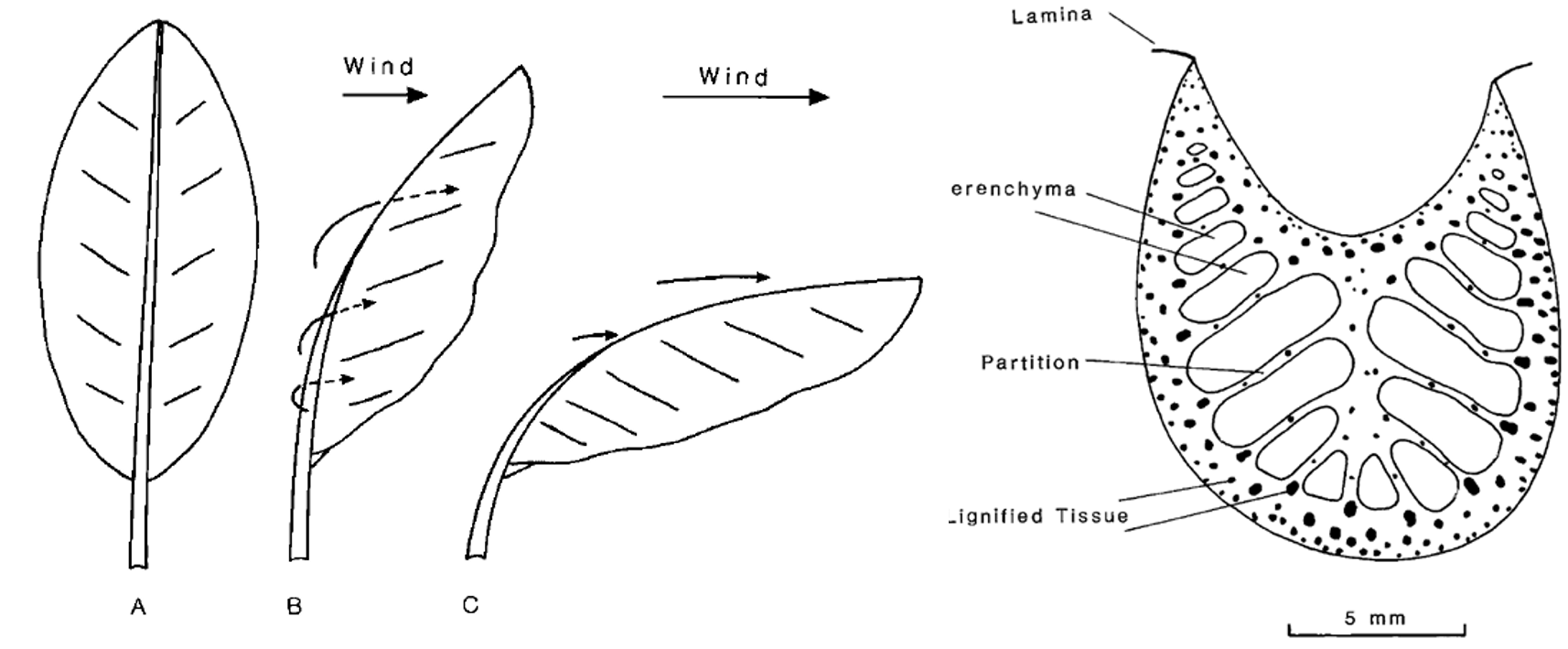In my last article I spoke about the diversity of Biomimetics and how it can inspire sustainable living. In today’s article I want to discuss about how good design in nature is along with being multi-functional. We are all aware that nature offers many multi-functional materials, the most known material being our skin. Skin performs many functions like protection, sensation, heat regulation, excretion, water resistance etc. Multi-functionality is not limited to materials, but also natural systems are designed to serve multiple functions. Though the concept of multi-functionality is relatively old, much progress can be made in this field using Biomimetics. The concept of multi-functionality reduces the need for many different mechanisms that are needed for achieving all required feature from a single system. A simple example of where we can apply such multi-functional features is in an automobile chassis where the chassis not only provides structural support but also facilitates shock absorption as well as fuel storage and transport. This would enable the exclusion of additional mechanisms, reducing the overall energy consumption and also the complexity of the whole automobile. In this article I will discuss some of the multi-functional designs in nature.
Banana petioles
Bananas! We rarely come across a person who does not like bananas. Not only is the fruit delicious, the plant’s stem has amazing functions. If you have seen a banana plant, have you wondered how the huge leaves are supported? The answer lies in the design of the petiole (the part that attaches the leaf to the stem). The petiole not only provides a channel for water and nutrients to the leaf, but it is also a structural support. That happens in every plant though and this is where the banana petiole is different. Its unique design enables it to twist and bend rather than breaking, even during high-speed winds and monsoons. The design challenge here from an engineer’s point of view is how the banana petiole achieves adequate rigidity for an extensive and reversible reconfiguration in high speed winds? [1] (Senario shown in figure 1).

Figure 1: Deflection of banana petiole Figure 2: Banana petiole crosssection
When a plant is subject to high-speed winds as shown above, the leaves would normally tend to break due to the high stress. The banana petiole’s design allows it to twist and bend (shown in figure 1 (c)) rather than standing rigid leading to breakage. This feature is achieved with a combination of a U-shaped hollow geometry of the petiole and longitudinally strengthening elements in its outer skin giving it the adequate rigidity, while its ventral curvature helps to support the leaf without the need for thick lateral veins [1]. In simple words these combined features of the petiole allow it to bend and regain its original shape without fracturing the petiole.
Plant leaves
Plant leaves are one of the best examples for multi-functional designs in nature, many of the functions for the survival of the plant is taking place in the leaf. Leaves as we know are the center for photosynthesis, but what other functions do they serve?
- Leave serve as a platform for light absorption, which is mandatory for photosynthesis.
- They facilitate absorption of carbon dioxide which is also a part of the photosynthesis.
- Water transpiration !! Water absorbed in the roots is evaporating through the leave’s surface providing an cooling effect which is one of the advantages of water transpiration.
- Food storage – both on long and short term basis. During daytime, sugar is stored in the leaves and starch is synthesized which is in turn stored in the chloroplasts. During night time, starch is hydrolyzed to glucose which is respired to transportable forms like sucrose [2].
- The leaf’s corrugated structure facilitates loss of excess heat using forced convection.
- Many plants have a waxy cuticle on top of the leaf facilitating self cleaning.
Plant leaves are made of multiple layers enclosed/sandwiched between two layers of tough skin cells (epidermis). All the above mentioned functions are performed in different layers of the leaf itself, thus providing a multifunctional system as a whole and still remains paper thin.
This article serves as an example for a top down Biomimetic approach. For solving the problem of an efficient and less complicated automobile, the need for multi-functional systems is necessary such that each element of an automobile can facilitate more functions leading to an efficient automobile. The principle of the banana petiole can be used to design a semi-rigid chassis. The chassis can perform the task of providing structural support and also additionally provide shock absorption. The principle of the petiole losing the impact energy by means of twisting and bending could help to design a lighter chassis mainly due to the absence of heavy shock absorption mechanism.
Plants rely on many leave’s for effective functioning of the whole plant. In contrast our automobiles depend on a single source of energy. Though putting leaves around the whole automobile sounds absurd, but if we can learn to get inspired from a much evolved natural system around us we can solving many of the technical problems existing today.
If you have observed such mechanism in nature that we can learn from please do share with us. No idea is either good or bad- what matters is how hard you pursue it 🙂
References:
-
Ennos, A. R., H‐Ch Spatz, and T. Speck. „The functional morphology of the petioles of the banana, Musa textilis.“ Journal of experimental botany 51.353 (2000): 2085-2093.
-
Chapin, F. Stuart, Ernst-Detlef Schulze, and Harold A. Mooney. „The ecology and economics of storage in plants.“ Annual review of ecology and systematics (1990): 423-447.
- Figure 1: Ennos, A. R., H‐Ch Spatz, and T. Speck. „The functional morphology of the petioles of the banana, Musa textilis.“ Journal of experimental botany 51.353 (2000): 2085-2093.



